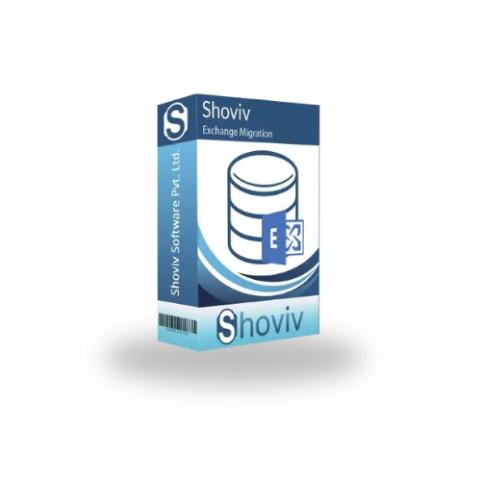A vital first step for professionals looking to establish a strong foundation in wireless networking is earning the Certified Wireless Network Administrator (CWNA) certification. Whether you're looking to advance your career or expand your knowledge in wireless technologies, the CWNA certification offers the knowledge and skills needed to succeed in the networking industry. Many aspiring network engineers find the CWNA exam challenging, but with the right approach and preparation, passing it on the first attempt is achievable. In this guide, I’ll outline how long it took me to prepare, the resources I used, and essential tips that helped me pass the exam. To pass this certification, you must master the CWNA course .
How Long Did It Take?
The amount of time it takes to prepare for the CWNA exam will vary depending on your prior knowledge of wireless networks and how much time you can dedicate to studying. For me, it took about three months of consistent preparation, dedicating around 2-3 hours daily, to feel confident enough to take the exam. If you already have a background in networking, you might find the concepts easier to grasp and could reduce your preparation time. However, if you're new to wireless technologies, I recommend allowing yourself at least 10-12 weeks for focused preparation.
I planned my study sessions by breaking down each chapter of the CWNA book and allocating a specific number of days to cover each topic thoroughly. I also set aside time each weekend to review what I had learned during the week, ensuring that I was retaining the information. This structured approach helped me avoid last-minute cramming and made me feel more confident as the exam date approached.
What Did I Use to Pass?
To ensure I had a comprehensive understanding of the material, I used multiple resources. The key resources that I used to succeed were as follows:
1. Sybex CWNA Study Guide
The Sybex CWNA book was my primary study resource and is often considered the gold standard for CWNA exam preparation. It covers every exam objective in detail, offering explanations that are easy to understand, even if you're relatively new to wireless networking. The book includes in-depth discussions on radio frequency (RF) fundamentals, wireless LAN (WLAN) architecture, security, troubleshooting, and more.
I followed a systematic approach with the book: I read through each chapter, took notes on key points, and completed the review questions at the end of each section. The questions helped reinforce the material and gave me a better idea of which areas needed more attention. I also took the time to revisit chapters that I found more challenging, such as antenna types and WLAN security, to ensure I had a firm grasp on the material.
2. Online Videos and CWNA Course
To complement the textbook, I enrolled in an online CWNA course, which provided video tutorials and practical demonstrations. The videos were especially helpful for visualizing complex topics like wireless propagation and RF math. Seeing real-world scenarios and network configurations in action gave me a deeper understanding of how wireless technologies function beyond the theoretical aspects covered in the book.
One particular advantage of the video course was its hands-on labs. These labs allowed me to practice configuring WLANs, setting up security protocols, and troubleshooting common network issues. Gaining practical experience was instrumental in helping me feel prepared for the exam’s performance-based questions.
3. Practice Tests
Practice tests were one of the most valuable resources I used throughout my preparation. Taking practice exams helped me gauge my progress, identify weak areas, and get a feel for the exam format. I recommend starting with practice tests after you've completed at least half of your study materials, as this will give you an accurate reflection of your strengths and weaknesses.
By using practice tests regularly, I improved my ability to manage time during the exam and became familiar with the question patterns. The CWNA exam can be tricky, with some questions testing your knowledge of multiple concepts at once, so getting used to this format was crucial. Additionally, many practice tests provide detailed explanations for each answer, which helped me better understand topics I initially struggled with.
4. Flash Cards
Creating flashcards was a useful technique for memorizing key terms and concepts. Wireless networking involves numerous technical terms, acronyms, and protocols, which can be overwhelming if not managed correctly. I created flashcards for terms like SSID, WMM, MIMO, and RADIUS, among others, and reviewed them daily.
Flashcards are especially useful for reinforcing quick recall of definitions and facts that you’ll need to know during the exam. They can also help you study on the go, whether you're commuting or have a few minutes of downtime during your day.
Key Takeaways and Tips
Consistency is Key: Regular, consistent study sessions are more effective than cramming. Break down your study plan and stick to it, making sure to allocate time for review.
Practice Makes Perfect: Make use of practice tests to simulate exam conditions and assess your knowledge. Focus on your weak areas after each practice test.
Make use of multiple sources: Do not rely just on one for your research. Use a combination of books, videos, and hands-on labs to get a well-rounded understanding of the material.
Understand, Don’t Memorize: While it’s tempting to memorize facts, it’s crucial to understand the underlying principles, especially when it comes to concepts like RF behavior and security protocols. This will help you answer situational and scenario-based questions more effectively.
Get Hands-On Experience: If possible, practice configuring and troubleshooting WLANs using real or virtual labs. Hands-on experience reinforces theoretical knowledge and prepares you for performance-based questions.
Conclusion
Passing the CWNA exam on the first try is not only achievable but can be made easier with proper preparation and the right study resources. By dedicating sufficient time, using a combination of study materials, and taking regular practice tests, you can increase your chances of success. The CWNA course is a comprehensive certification that opens doors to advanced wireless networking certifications and job opportunities. Start your preparation today, stay consistent, and you’ll be well on your way to earning your CWNA certification.









